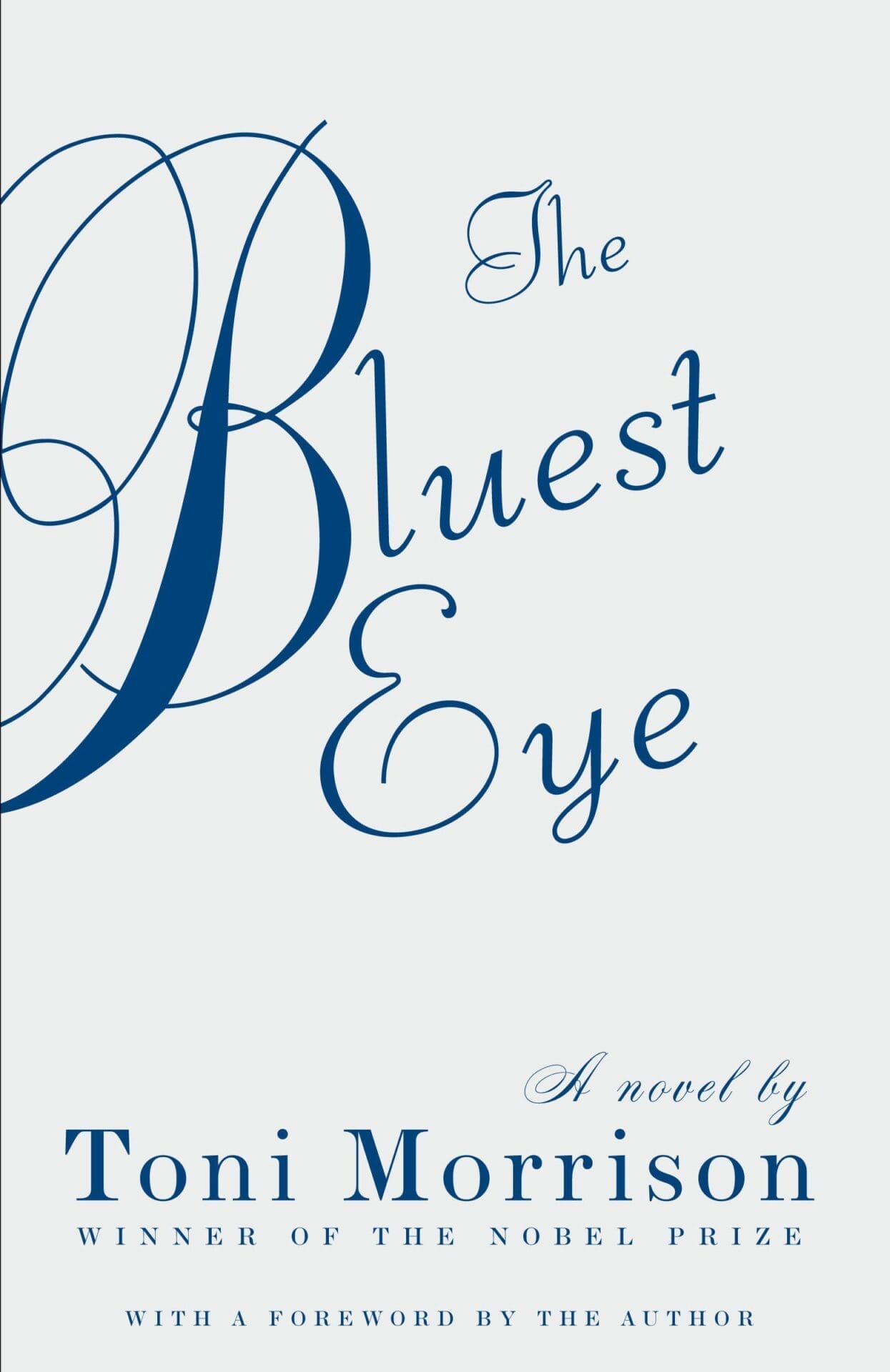

The Bluest Eye
Pecola Breedlove, a young black girl, prays every day for beauty. Mocked by other children for the dark skin, curly hair, and brown eyes that set her apart, she yearns for normalcy, for the blond hair and blue eyes that she believes will allow her to finally fit in. Yet as her dream grows more fervent, her life slowly starts to disintegrate in the face of adversity and strife.
A powerful examination of our obsession with beauty and conformity, Toni Morrison’s virtuosic first novel asks powerful questions about race, class, and gender with the subtlety and grace that have always characterized her writing.
My thoughts:
When I was looking for a book to fulfill my “read a banned book” prompt, I had so many options, but I decided to go with this one because 1) it’s one of the most banned books, and 2) I read (and loved) “Beloved” by Toni Morrison several years ago and have been meaning to read more of her work. While this one is rough, it is a novel of startling beauty and heartbreaking tragedy, and takes readers to the heart of a painful reality: how systemic racism, internalized oppression, and white standards of beauty devastate the lives of Black girls and women.
At the center of the novel is Pecola Breedlove, an eleven-year-old Black girl who longs for blue eyes and the beauty they symbolize. Pecola believes that with blue eyes, her life will transform. She’ll be loved, safe, and cherished, just like the blond-haired, blue-eyed children idolized by society. However, her reality is the opposite: Pecola is subjected to abuse, ridicule, and unimaginable violence. Morrison shows us the insidious ways white supremacy distorts not only societal structures but also individual self-worth, pushing Pecola to internalize a sense of ugliness and worthlessness that defines and ultimately destroys her life.
What makes the book so powerful is how the author weaves together multiple narratives, introducing a wide array of characters who offer a broader context for Pecola’s tragedy. The MacTeer sisters, Claudia and Frieda, serve as partial narrators of the story. Though they, too, are poor and marginalized, they are raised in a stable household. Their parents, strict yet caring, offer them a sense of grounding that Pecola’s family lacks. This juxtaposition highlights a key theme in the novel: that love and stability, more than wealth or traditional morality, aid in determining a family’s ability to nurture and protect.
Morrison also introduces us to Pecola’s family. Cholly Breedlove, Pecola’s father, is a man shattered by his own experiences of humiliation and abuse. His violence against Pecola is both horrifying and deeply tragic, a reflection of his own brokenness. Pauline, Pecola’s mother, finds solace in the white family she works for, idealizing their home and their children while neglecting her own. The Breedloves are trapped in a cycle of self-hatred and dysfunction, and poor Pecola bears the brunt of their pain.
One of the things that really stood out to me the most was the author’s use of the “Dick and Jane” primer before each section. Morrison begins the book with the iconic tale of white, middle-class children and intersperses it throughout the story, each time in a more fragmented and chaotic form. This technique starkly contrasts the glossy perfection of the Dick and Jane family with the chaotic, unstable lives of the novel’s characters.
Colorism also plays a pivotal role in The Bluest Eye. The arrival of Maureen Peal, a light-skinned Black girl, underscores the privileges afforded to those who more closely align with European beauty standards. Maureen’s treatment, compared to Pecola’s or the MacTeer sisters, further illustrates the damaging hierarchy within the Black community itself, a result of internalized racism.
Perhaps the most devastating aspect of the novel is its exploration of innocence lost. Pecola’s yearning for blue eyes is a child’s desperate wish to be seen, valued, and loved. But in a society that equates whiteness with beauty and worth, Pecola’s wish is unattainable. Her descent into madness, marked by her belief that she has finally achieved the blue eyes she’s longed for, is a haunting conclusion that will break your heart.
This work is a book that demands to be read. Pecola’s story will haunt me for years to come. Her story affected me just as much as Tangy Mae’s from The Darkest Child. I just want to wrap them both up in a great big hug. For anyone willing to confront the painful realities Morrison lays bare, this novel is an unforgettable and essential read. If you’re looking to read more banned books, I highly recommend this one.
Genre(s):
Other Bookish Tags:













